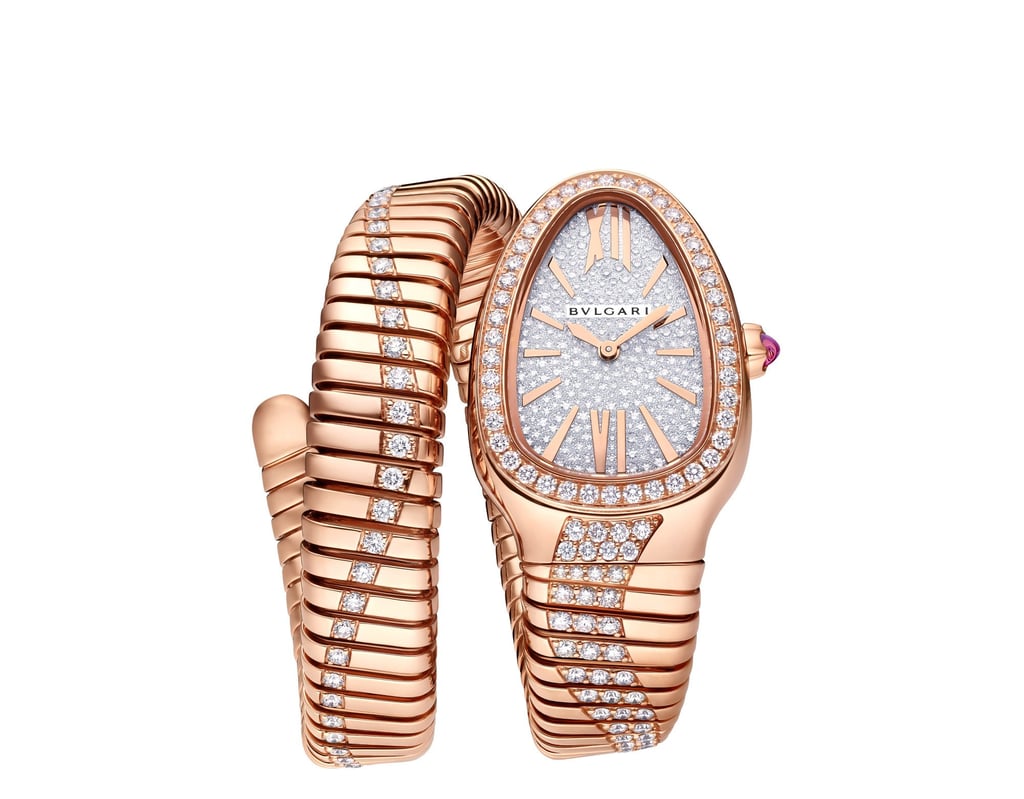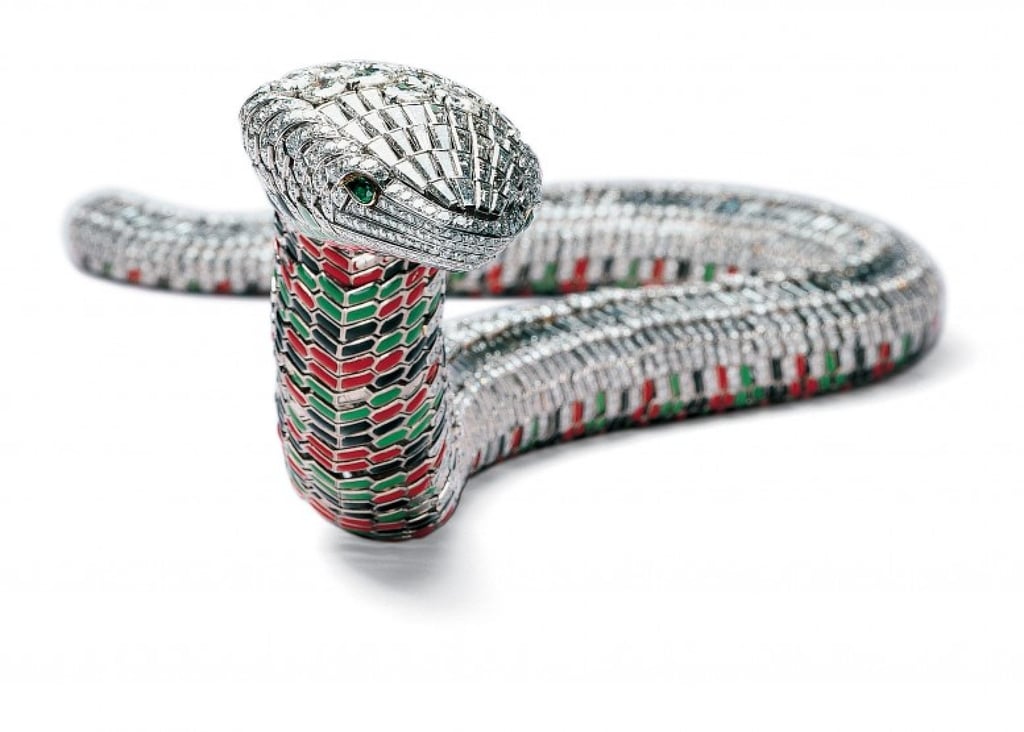Explainer / How the snake became a high jewellery staple at luxury brands from Cartier and Tiffany & Co. to Bulgari – and it didn’t all start with Elizabeth Taylor sporting a Serpenti watch to promote Cleopatra

- Cleopatra’s jewellery more than 2,000 years ago inspired Bulgari to create its first Serpenti watch in 1948 – and the design is sure to enjoy more popularity thanks to Gal Gadot’s film about the queen
- Some of Cartier’s most famous serpentine jewellery was created in the late 1960s for Mexican actress Maria Félix who quipped, ‘it’s more of a fondness for diamonds than for snakes’

It was the jewellery of Cleopatra, in Rome more than 2,000 years ago, that inspired Bulgari to create its first Serpenti watch in 1948. And the sinuous serpent has proved to be uniquely suited to jewellery ever since. As Bulgari Group’s CEO Jean-Christophe Babin says, the serpent has showcased the creativity and ingenious craftsmanship of the Italian brand, proving “it was and is the ultimate Bulgari icon of endless metamorphosis”.

The snake has a sensuous and totemic power that has beguiled the Aztecs, the ancient Egyptians and the Greeks. In Greece, “it is one of the most worshipped animals and a symbol of rebirth, renewal, health and fertility,” says Demetra Lalaounis, director and one of the four daughters of the famous Athenian goldsmith Ilias Lalaounis. Since the early 1960s, “its extensive symbolic meaning, its sensuality and its transformative and elegant qualities keep drawing us back to it and challenges us to keep reinterpreting it using different techniques”. The Lalaounis snakes are smooth and shimmery or textured like snakeskin with a line of diamonds down its back.

The reptile has inspired serpentine jewellery from Boucheron, Cartier and Elsa Peretti at Tiffany & Co as well as many independent jewellery designers and artists. Serpente Bohème was originally a snake necklace designed by founder Frédéric Boucheron for his wife Gabrielle. It was revived by the maison in the 1960s and then again in 2017 in a very abstract form based on the snake’s head. Tiffany’s gold necklace is similarly very refined with the snake clasping its tail like Ouroboros. Cartier draws on a menagerie of animals for its creations including sometimes the snake, like the Water Aspis necklace in its Beautés du Monde high jewellery collection.

Some of Cartier’s most famous serpentine jewellery was created in late 1960s for Mexican actress Maria Félix, including a 57cm-long design. When asked by a reporter in 1981, “why snakes?” she replied, “Let’s put it this way, it’s more of a fondness for diamonds than for snakes. I’m definitely not about to put a real python around my neck.” We think many would agree.